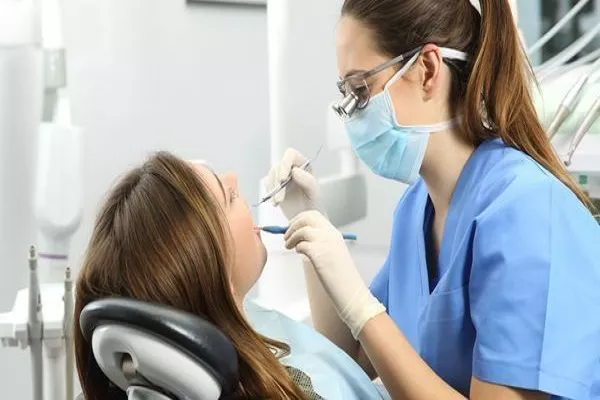Orthodontists are dental professionals who specialize in diagnosing, preventing, and treating misaligned teeth and jaws. Their expertise goes beyond creating beautiful smiles; they play a vital role in improving oral health and overall well-being. In this article, we’ll delve into the comprehensive range of services orthodontists provide, from traditional braces to cutting-edge technologies, highlighting their significance in achieving optimal dental health.
Understanding Orthodontics
1. Orthodontic Expertise
Orthodontists are extensively trained to identify and address orthodontic issues, including malocclusions (misaligned bites), crowded or spaced teeth, and jaw irregularities. Their specialized training equips them to create personalized treatment plans tailored to each patient’s unique needs.
2. Aesthetic and Functional Benefits
Orthodontic treatment not only enhances the appearance of smiles but also improves oral function, speech, and overall oral health. Straight teeth are easier to clean, reducing the risk of dental problems such as cavities and gum disease.
Common Orthodontic Services
1. Braces
Traditional braces consist of metal brackets and wires that gradually shift teeth into their desired positions. Orthodontists adjust the braces at regular intervals to ensure optimal progress.
Clear aligner systems, such as Invisalign, offer a discreet alternative to traditional braces. These custom-made clear trays gently move teeth over time and can be removed for eating and oral hygiene.
3. Retainers
After completing active orthodontic treatment, retainers are used to maintain the new alignment of teeth. They prevent teeth from shifting back to their original positions.
4. Interceptive Orthodontics
Interceptive orthodontics involves early intervention in children to address bite issues and guide the growth of teeth and jaws, potentially reducing the need for more extensive treatment later.
5. Surgical Orthodontics
For complex cases involving severe misalignments or jaw irregularities, orthodontists work in collaboration with oral surgeons to perform surgical orthodontics (orthognathic surgery).
6. Functional Appliances
Functional appliances, such as palate expanders, are used to correct skeletal discrepancies in growing children by guiding jaw development.
7. TMJ Disorder Treatment
Orthodontists may provide treatments to address temporomandibular joint (TMJ) disorders, which can cause jaw pain and discomfort.
8. Sleep Apnea Treatment
Some orthodontists specialize in treating sleep apnea through oral appliances that help maintain an open airway during sleep.
9. Dentofacial Orthopedics
Orthodontists who specialize in dentofacial orthopedics focus on guiding facial development and jaw growth for optimal aesthetic and functional outcomes.
10. Adult Orthodontics
Orthodontic treatment isn’t limited to children and adolescents; many adults seek orthodontic care to improve their smiles and address oral health concerns.
Specialized Techniques and Technologies
1. Digital Impressions
Digital impressions, obtained through 3D scanning, have replaced traditional molds for more accurate treatment planning.
2. Accelerated Orthodontics
Techniques such as micro-osteoperforations and high-frequency vibrations can accelerate tooth movement and reduce treatment time.
3. Lingual Braces
Lingual braces are placed on the back surface of teeth, making them virtually invisible from the front.
4. Self-Ligating Braces
Self-ligating braces use a specialized mechanism to reduce friction and adjust teeth with less discomfort.
5. 3D Treatment Planning
Cutting-edge software allows orthodontists to visualize and plan treatments more precisely, leading to better outcomes.
Benefits of Orthodontic Treatment
1. Enhanced Aesthetics
Orthodontic treatment leads to improved smiles and increased self-confidence.
2. Oral Health Improvement
Aligned teeth are easier to clean, reducing the risk of cavities and gum disease.
3. Corrected Bite Alignment
Orthodontics can correct bite issues that impact oral function and overall comfort.
4. Improved Speech
Certain orthodontic issues can affect speech, which can be addressed through treatment.
5. Long-Term Dental Health
Properly aligned teeth are less likely to experience excessive wear and tear over time.
Conclusion
Orthodontists provide a comprehensive array of services aimed at achieving optimal oral health, functional harmony, and aesthetic appeal. From traditional braces to innovative technologies, orthodontic treatments are tailored to individual needs, ensuring patients receive personalized care that addresses their unique concerns. The significance of orthodontic care extends beyond appearances, as it plays a pivotal role in improving oral function, speech, and overall well-being. If you’re considering orthodontic treatment, consulting with a qualified orthodontist will help you understand the available options and embark on a journey to a healthier, more confident smile.
Related Topics:






























